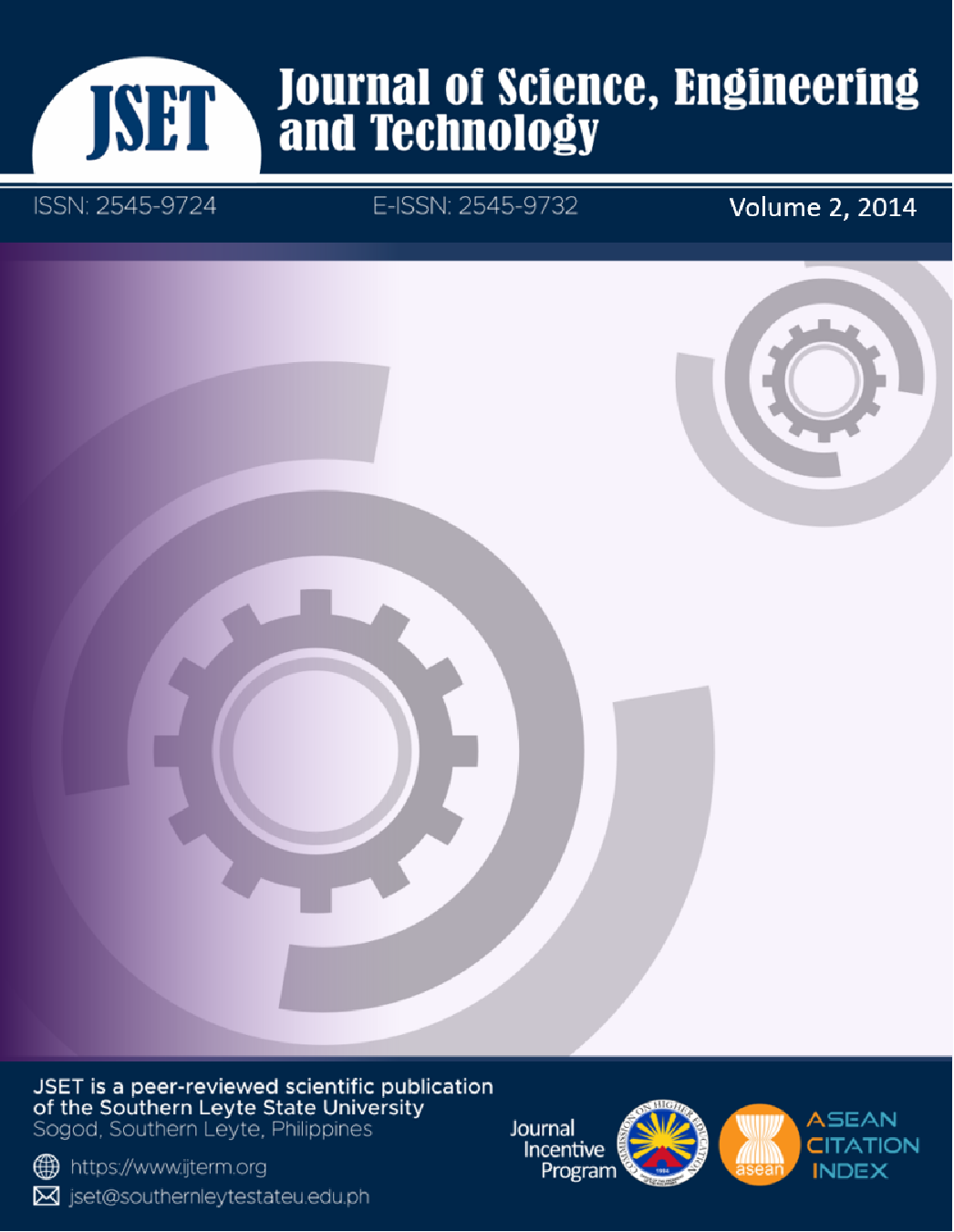PRESENCE OF WATER FLOW INCREASES BIOFILM PERIPHYTON FORMATION ON FOUR ARTIFICIAL SUBSTRATES
DOI:
https://doi.org/10.61569/qk5kxv41Keywords:
chlorophyll, cement, mactan stone, glass, pvc, artificial reef, nested ANOVAAbstract
The flow of water and the type of materials used in fish aggregating devices (i.e. payao and artificial reef) are seen as crucial to the formation of algal periphyton in the first few weeks of deployment before any planktonic larvae could settle on their surfaces. Thus, an experiment was conducted to test the effects of four artificial substrates (mactan stone, pvc, cement with industrial lime and glass) and two water flow regimes (i.e. presence of water flow and no flow) on the early development of algal periphyton after 15 days. Chlorophyll a was used as a proxy of periphyton biomass. The mean chlorophyll a concentration (1.3 mg/m2) was significantly higher (F(1,32)=10.85; P = 0.02) in flowing water compared to 0.9mg/m2 for non-flowing units. The periphyton taxa included diatoms, filamentous algae and blue green algae. Substrate types showed no significant difference (F(6,32)=1.02; P=0.43) on periphyton biomass although the mactan stone panels showed comparatively higher mean chlorophyll a concentration in both water regimes over the other panels.
Downloads
Published
Issue
Section
License

This work is licensed under a Creative Commons Attribution 4.0 International License.
This is an open access article distributed in accordance with the Creative Commons Attribution 4.0 Unported (CC BY 4.0) license, which permits others to copy, redistribute, remix, transform and build upon this work for any purpose, provided the original work is properly cited, a link to the license is given, and indication of whether changes were made. See: Creative Commons Attributions 4.0 International License.








